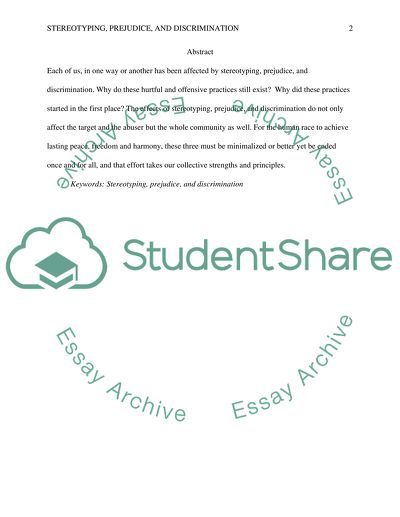Cite this document
(“Stereotyping, Prejudice, and Discrimination: The Hindrances to Research Paper”, n.d.)
Retrieved de https://studentshare.org/psychology/1404414-stereotyping-prejudice-and-discrimination-the-hindrances-to-achievinglasting-peace-freedom-and-harmony-for-mankind
Retrieved de https://studentshare.org/psychology/1404414-stereotyping-prejudice-and-discrimination-the-hindrances-to-achievinglasting-peace-freedom-and-harmony-for-mankind
(Stereotyping, Prejudice, and Discrimination: The Hindrances to Research Paper)
https://studentshare.org/psychology/1404414-stereotyping-prejudice-and-discrimination-the-hindrances-to-achievinglasting-peace-freedom-and-harmony-for-mankind.
https://studentshare.org/psychology/1404414-stereotyping-prejudice-and-discrimination-the-hindrances-to-achievinglasting-peace-freedom-and-harmony-for-mankind.
“Stereotyping, Prejudice, and Discrimination: The Hindrances to Research Paper”, n.d. https://studentshare.org/psychology/1404414-stereotyping-prejudice-and-discrimination-the-hindrances-to-achievinglasting-peace-freedom-and-harmony-for-mankind.


